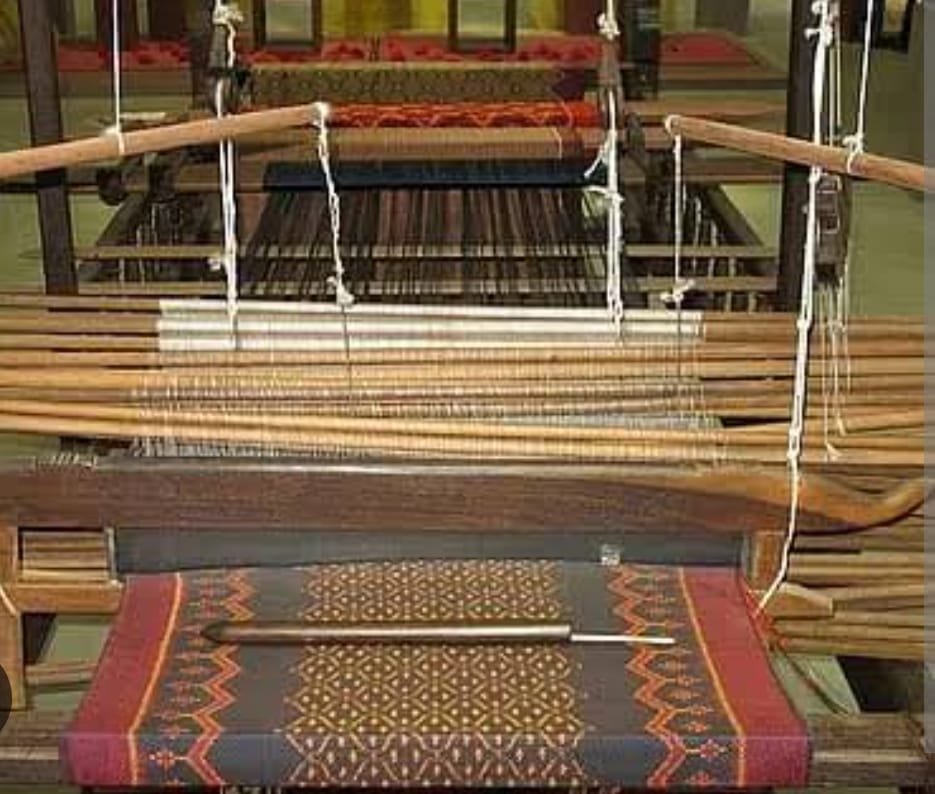Once the pride of the Valley’s economy, the silk sector now battles neglect, low returns, a fading workforce
Diplomat Correspondent
Srinagar, (DD): The once-vibrant silk industry of Kashmir, famed across continents for its exquisite texture and natural sheen, now struggles to stay relevant in a fast-changing economy. Once employing thousands and producing some of the world’s finest silk, the sector today is witnessing a sharp decline in both cocoon production and artisan engagement.
Historically rooted in the 14th century during the reign of Sultan Zain-ul-Abidin, popularly known as Budshah, sericulture flourished in Kashmir for centuries. The Valley’s climate and mulberry-rich soil made it ideal for silkworm rearing, while state-run filatures in Rajbagh, Nowshera, and Rambagh provided employment to thousands through the 19th and 20th centuries.
But the industry’s golden age is now history.
According to official data, cocoon production in Jammu and Kashmir has plummeted from over 1,000 metric tonnes in its prime to less than 180 MT in 2024–25. The number of families engaged in silkworm rearing has reduced drastically, with many moving to horticulture or odd jobs due to inconsistent income and market instability.
“We work hard for 30 to 40 days feeding and tending the silkworms. But when the time comes to sell the cocoons, we barely earn enough to cover our costs,” said Bashir Ahmad, a rearer from Anantnag district. “Our children don’t want to continue this work.”
The decline isn’t limited to farms alone. Once-iconic government-run reeling units like the Rajbagh Silk Factory, which produced premium silk yarn, have been non-operational for years. Machinery lies unused and buildings dilapidated, despite occasional announcements about revival.
A senior official in the Industries Department admitted that while the government has been discussing revival plans under the Holistic Agriculture Development Programme (HADP), implementation remains sluggish.
“Funds have been sanctioned for modernisation, but there’s a gap between policy and on-ground action,” the official said.
New Initiatives Offer Hope
Efforts are being made to rejuvenate the sector. The government recently approved Rs 20 crore for silk sector development, focusing on infrastructure upgrades, scientific training for farmers, and better market linkages. District-level cocoon markets have also been established in some areas to ensure fair pricing and transparency.
Dr. Shabir Ahmad, a sericulture expert at SKUAST-K, believes that Kashmir still has immense potential. “We need to integrate modern technology, promote silk-based entrepreneurship, and create export channels. The world still appreciates Kashmiri silk; we just need to reclaim our space.”
While the global demand for natural silk continues to grow, Kashmir’s share in the market is shrinking. Without urgent intervention and a clear roadmap, the Valley risks losing not just an industry, but a legacy spun over centuries(DD)





